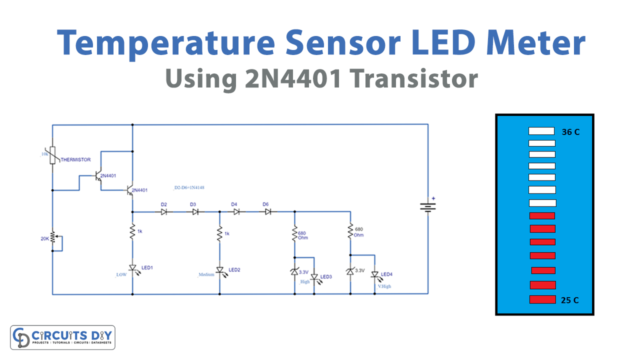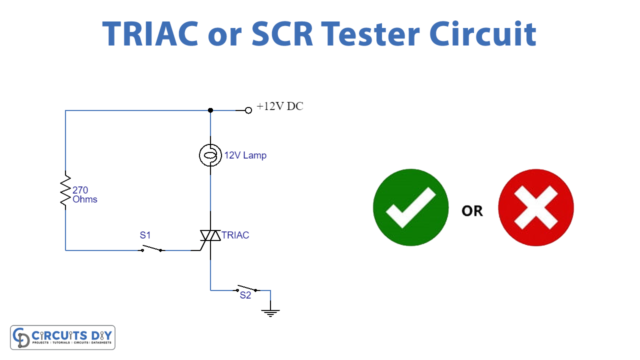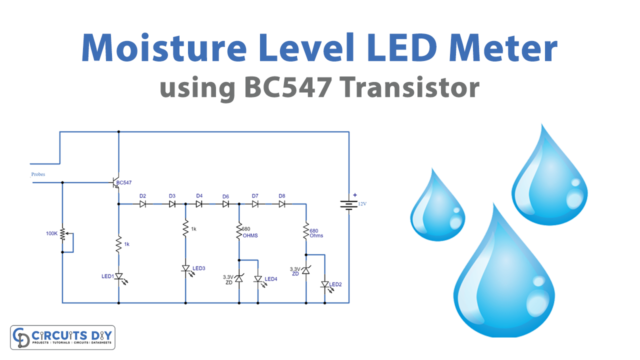A metal detector is an electronic circuit that detects the nearby presence of metal. It is useful for finding metal inclusions hidden within objects, or metal objects buried underground. This often consists of a handheld unit with a sensor probe that can be swept over the ground or other objects. If the sensor comes near a piece of metal this is indicated by a changing tone in earphones, or a needle moving on an indicator. Usually, the device gives some indication of distance; the closer the metal is, the higher the tone in the earphone or the higher the needle goes.
Another common type is a stationary “walk-through” metal detector used at access points such as in prisons, courthouses, airports, and psychiatric hospitals to detect concealed metal weapons on a person’s body. Here we design a simple metal detector circuit by using an SL 100 transistor and an Inductive proximity sensor. It can be used to avoid any illegal activity of guns and bombs, and other devices in public places.
Hardware Required
| S.no | Component | Value | Qty |
|---|---|---|---|
| 1. | Inductive Proximity Sensor | – | 1 |
| 2. | Transistor | SL100 | 1 |
| 3. | Buzzer | 9V | 1 |
| 4. | Resistor | 100Ω | 1 |
| 5. | Battery | 9V | 1 |
| 6. | Connecting Wires | – | – |
Circuit Diagram

Working Explanation
As this simple metal detector circuit consists Inductive proximity sensor and an SL 100 transistor. This Inductive proximity sensor has a range of metal detection from a few mm to cm. Here output signal from the sensor is fed into the base of the switching transistor SL100. And the buzzer is connected across the switching transistor as an output device. When there is no metal across the sensor the buzzer keeps silent otherwise it produces a beep sound.
Applications
We can use this circuit in many public places like shopping malls, markets, museums, etc. for the detection of metallic objects like daggers, pistols, guns, or any hidden explosive that a person carries with bad intentions.













